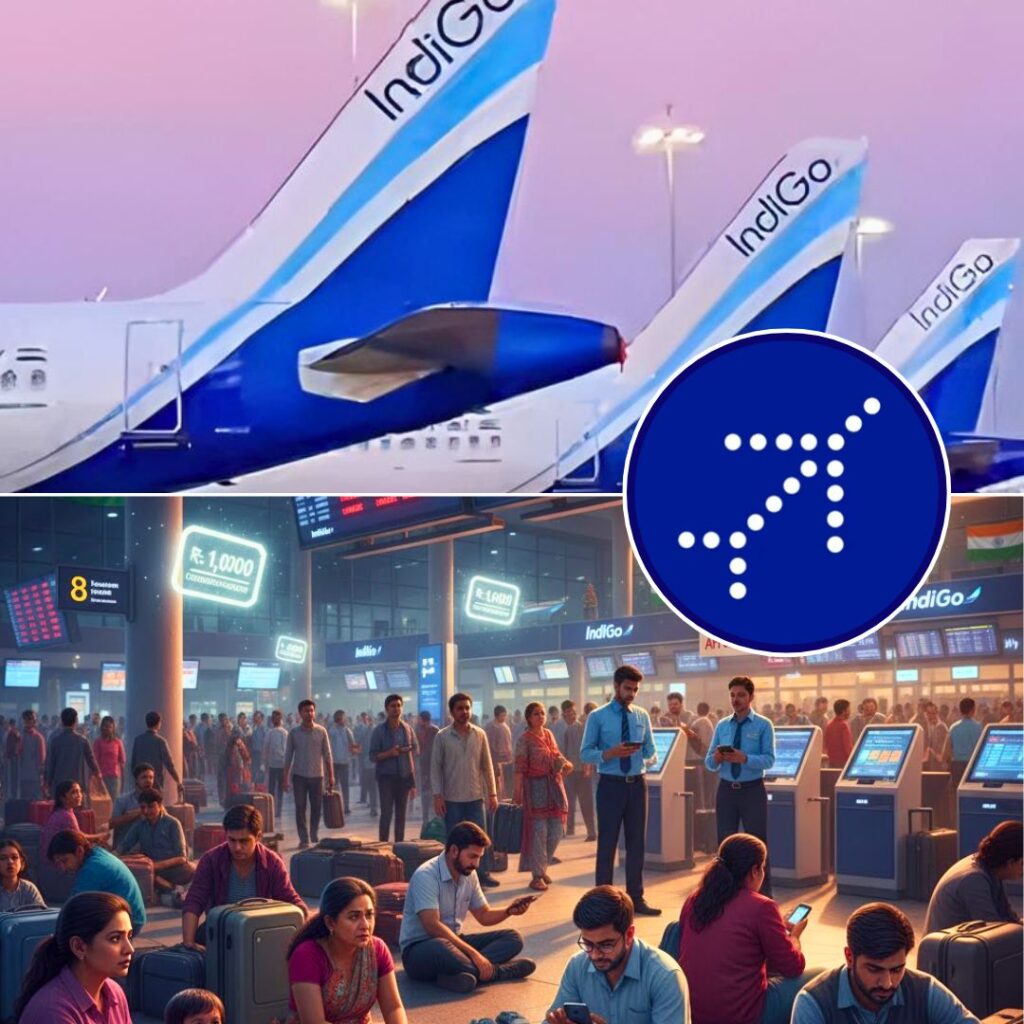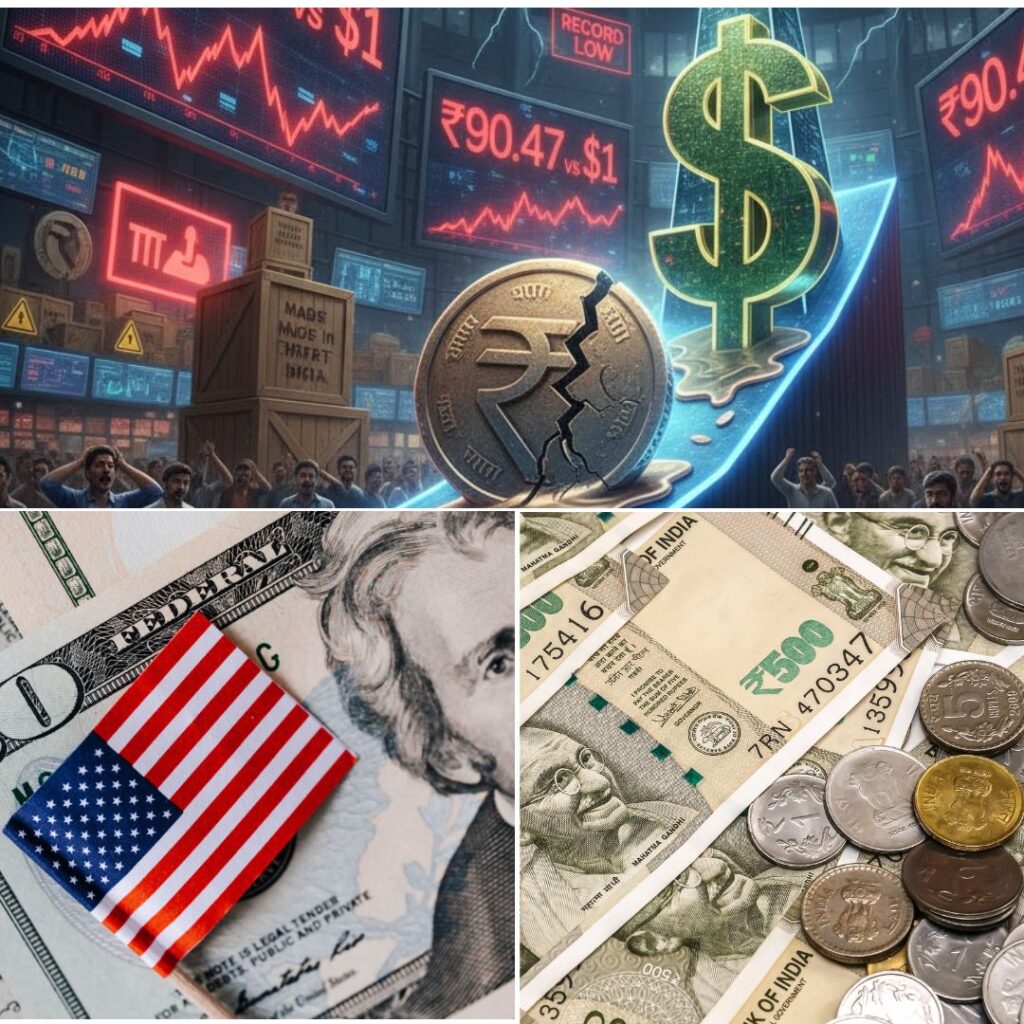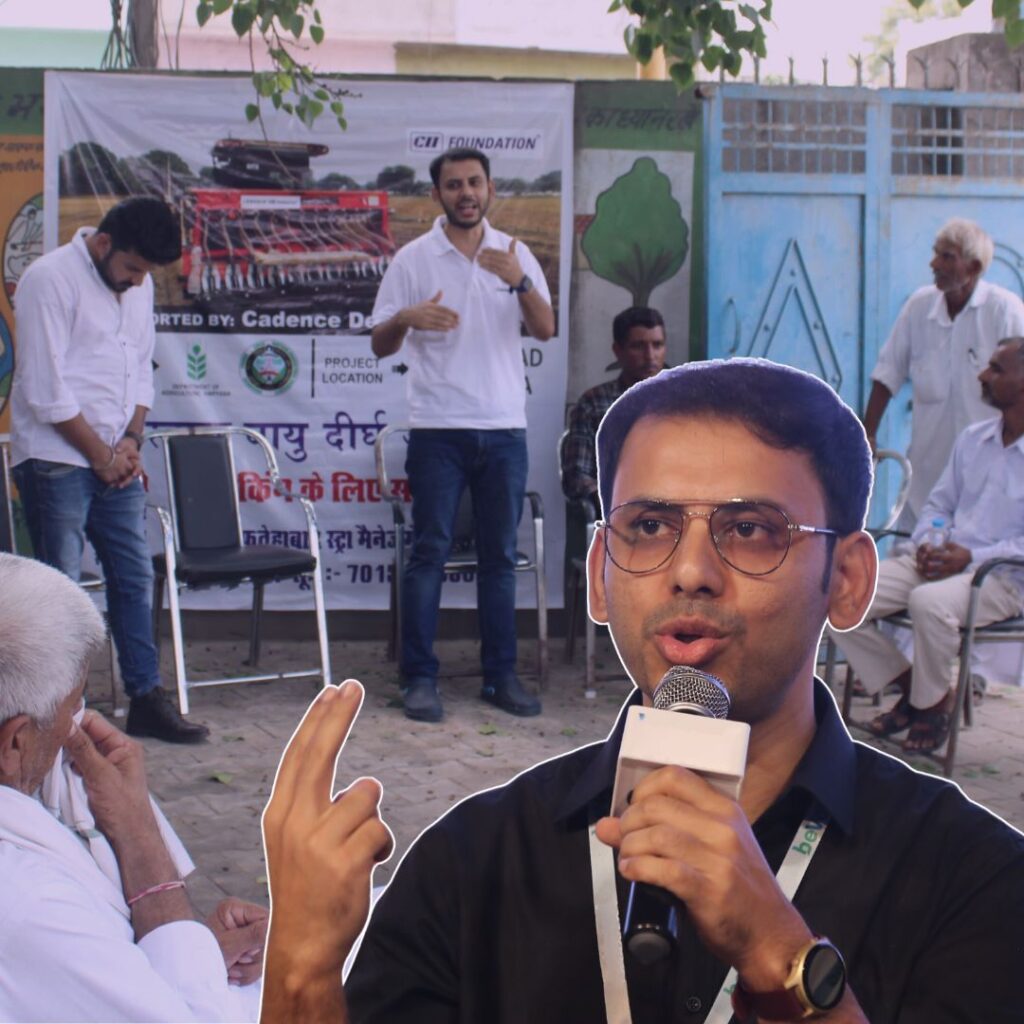“They found records and video-cassettes at their place, a deck of cards, a chess set. In other words, everything that’s banned today.” – Marjane Satrapi, The Complete Persepolis
Few countries in the world have had as eventful a history as Iran. Home to one of history’s first civilisations, the region that is Iran today has witnessed the rise and fall of massive empires and great conquerors from Cyrus and Alexander to Genghis Khan and Nader Shah.
Fewer countries have seen as rapid a transformation in the past five decades as Iran has.
In 1979, it seemed as if the world had gone irreversibly mad. There was a sudden upsurge of violence, war, famine, and political turmoil. This turbulent year was epitomised in Iran. In a matter of a few weeks, seas of Iranians took to the streets demanding democracy and secularism. For a minute, it seemed as if they had won. But their betrayal was as swift as their victory.
Before the dust had settled, an oppressive monarchy obsessed with modernisation had been replaced with an even more oppressive theocracy obsessed with Islamisation.
This is the story of how Iran became the religious, fundamentalist state it is today. It begins, as many geopolitical tragedies do, with a young democracy with a lot of oil reserves.
Iran within Asia, current boundaries. Wikimedia From fledgeling democracy to autocratic monarchy (1951-1953)
“In Iran, CIA propaganda assets were to conduct an increasingly intensified effort through the press, handbills and the clergy in a campaign designed to weaken the Mossadeq government in any way possible … The Army very soon joined the pro-Shah movement and it was [soon] clear that Tehran, as well as certain provincial areas, were controlled by pro-Shah street groups and Army units … By the end of 19 August … members of the Mossadeq government were either in hiding or were incarcerated.” – Donald N Wilber, CIA spy.
In the aftermath of the Second World War, Iran was a democracy. Mohammad Mosaddegh was a popular Prime Minister, revered by his people for his secular credentials and his reforms to combat poverty. He earned the wrath of Western governments when he nationalised Iran’s bountiful oil supplies. This move irked the British in particular: the Anglo-Iranian Oil Company was a British corporation, the first to extract petroleum from Iran, and the precursor of today’s British Petroleum (BP), the world’s sixth-largest oil and gas company.
The British government and America’s Central Investigation Agency (CIA) orchestrated the overthrow of Iran’s democratically-elected government. The 1953 Iranian coup d’état lasted for barely five days, but its implications were far-reaching. Iranian democracy was deposed, Prime Minister Mosaddegh was thrown in jail, and the US and UK reinstated monarchy in Iran. The coup was also the first time the US had overthrown a foreign government during the Cold War.
The new ruler of Iran was Mohammad Reza Pahlavi – the Shah of Iran. He was backed by the West and initiated a period of industrialisation, military expansion, and economic reforms.
US President Dwight Eisenhower with Mohammad Reza Pahlavi, the Shah of Iran. The 1953 coup, which deposed a democratically elected PM and installed the Shah as ruler of Iran, was orchestrated by the UK and the US. NPR From autocratic monarchy to revolution (1953-1979)
“It seems that amassing a fortune is not the Shah’s chief aim in life. What appears to motivate him most, the thing to which he devotes all his energies, has much vaster implications: He wants to become a part of history, to engrave his name for all time not only on the history of his country of his country but on that of the entire world.” – Gérard de Villiers, The Imperial Shah: An Informal Biography
Mohammad Reza Pahlavi was an autocrat. He proposed to secularise and modernise Iran, but he alienated his people with his violent methods and rancid corruption. His secret police, the SAVAK, “most hated and feared institution” in the country conducted arbitrary arrests and employed torture to silence or murder opponents of the Pahlavi regime.
The Shah was also obsessed with modernising Iran and raising the standards of living in the country to those of Europe’s. He called his vision for Iran the “Great Civilisation” and initiated several progressive reforms that were collectively called the White Revolution.
During the last years of his regime, the Shah’s government became more autocratic. In the words of a US Embassy dispatch, “The Shah’s picture is everywhere. The beginning of all film showings in public theaters presents the Shah in various regal poses accompanied by the strains of the National Anthem … The monarch also actively extends his influence to all phases of social affairs … there is hardly any activity or vocation which the Shah or members of his family or his closest friends do not have a direct or at least a symbolic involvement. In the past, he …











